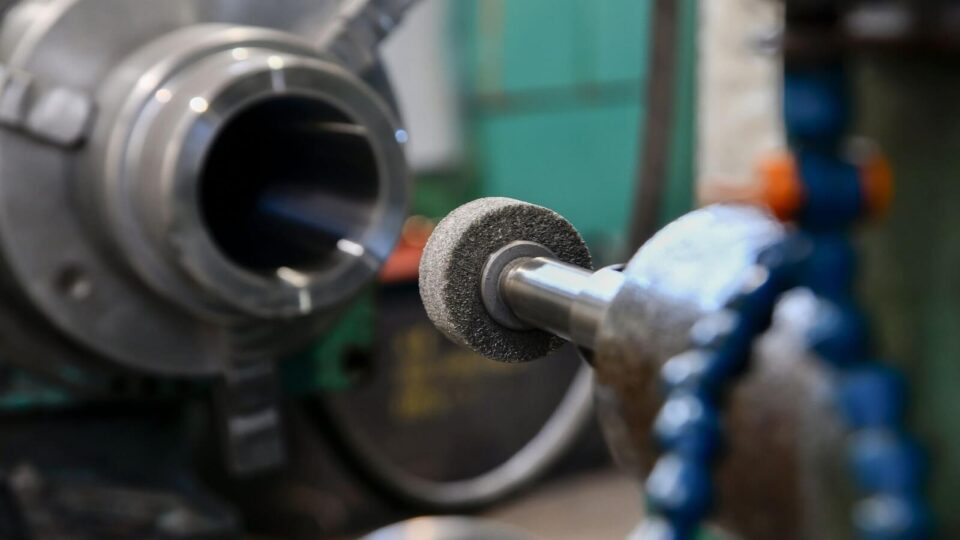Achieving a flawless surface takes skill, the right tools, and precision. With decades of expertise and attention to detail, the process of metal polishing can truly transform dull or corroded items into smooth, shimmering masterpieces. In this comprehensive guide, we’ll explore essential techniques, best practices, and professional tips to help you master metal polishing for stunning results.
1. Preparation: The Foundation of Quality Metal Polishing
A perfect finish begins with meticulous preparation. Start by cleaning the metal surface thoroughly—remove dirt, grease, or old coatings using mild solvent or warm soapy water. Once fully dry, carefully inspect the area for imperfections such as deep scratches, pits, or corrosion.
For tougher blemishes, begin with a coarse grit sandpaper (e.g., P400–P800) and progress gradually to finer grits (P1200–P2000) to level the surface. This step sets the stage for effective metal polishing, as a streamlined, even base allows polish compounds to work optimally.
2. Choosing the Right Tools for Metal Polishing
Selecting the right tools is key to a flawless finish. Here’s what to consider:
Buffing wheels and pads: Use slow to medium-speed motors with wheels made of muslin, felt, or wool, depending on the scratch removal or fine polishing stage.
Polishing compounds: Start with heavier compounds like tripoli for initial smoothing and move to fine rouge or jeweler’s polish for that mirror-like luster.
With skilled operators—much like those at Doug Taylor Metal Finishing Co, whose polishers have over 40 years of combined experience—these tools can deliver truly professional metal polishing results
3. The Polishing Process: Layered Precision
Step-by-step approach:
Initial smoothing
Use a coarse wheel with an aggressive compound (e.g., tripoli) to eliminate noticeable flaws and scratches.
Mid-stage refinement
Transition to a medium-grit compound with a softer buffing pad to refine the surface and reduce visible streaks.
Final shine
For ultimate brilliance, use a high-grade polishing compound (e.g., jeweler’s rouge) with a soft, clean buffing wheel. Keep strokes even and apply light pressure.
Always work in small sections and monitor progress frequently. Overheating can degrade the metal’s integrity, so pauses for cooling are essential.
4. Post-Polishing Care: Preserving the Shine
Once you’ve achieved that flawless shine via metal polishing, proper aftercare is vital:
Clean off residues: Use a soft microfiber cloth dampened with isopropyl alcohol or mild cleaner.
Protective coatings: Optional applications like microcrystalline wax or corrosion-resistant sprays help maintain the shine and shield against oxidation.
Regular maintenance: Periodic rubbing with a gentle cloth keeps surfaces pristine and dust-free.
5. Common Mistakes & Troubleshooting Tips
Even seasoned polishers occasionally run into challenges. Watch out for these common pitfalls:
Skipping grit stages: Moving too quickly from coarse to fine can leave swirl marks.
Overheating: Excessive friction can burn or warp metal surfaces.
Cross-contamination: Mixing compounds or wheels can dull the finish—clean thoroughly between step transitions.
Inconsistent pressure: Uneven strokes or varying pressure can result in patchy shine.
If unexpected imperfections arise, simply return to a finer grit or polishing compound. Patience and refinement are the core of exceptional metal polishing.
Summary
Mastering metal polishing techniques for a flawless finish requires:
- Thoughtful preparation—cleansing, sanding, inspecting.
- Using the right tools and compounds for each stage.
- A layered, step-by-step polishing workflow.
- Careful aftercare and protective maintenance.
- Avoiding common mistakes and troubleshooting patiently.

